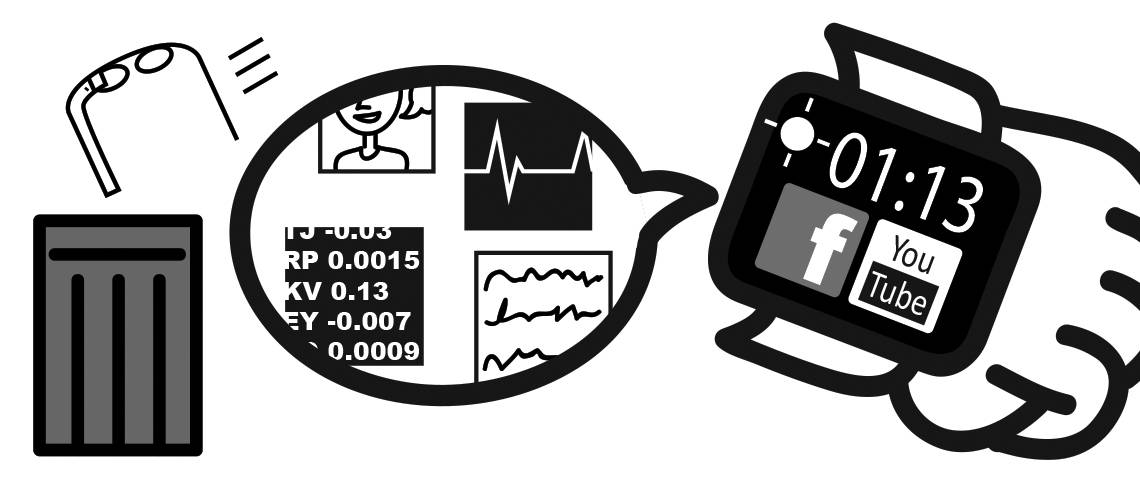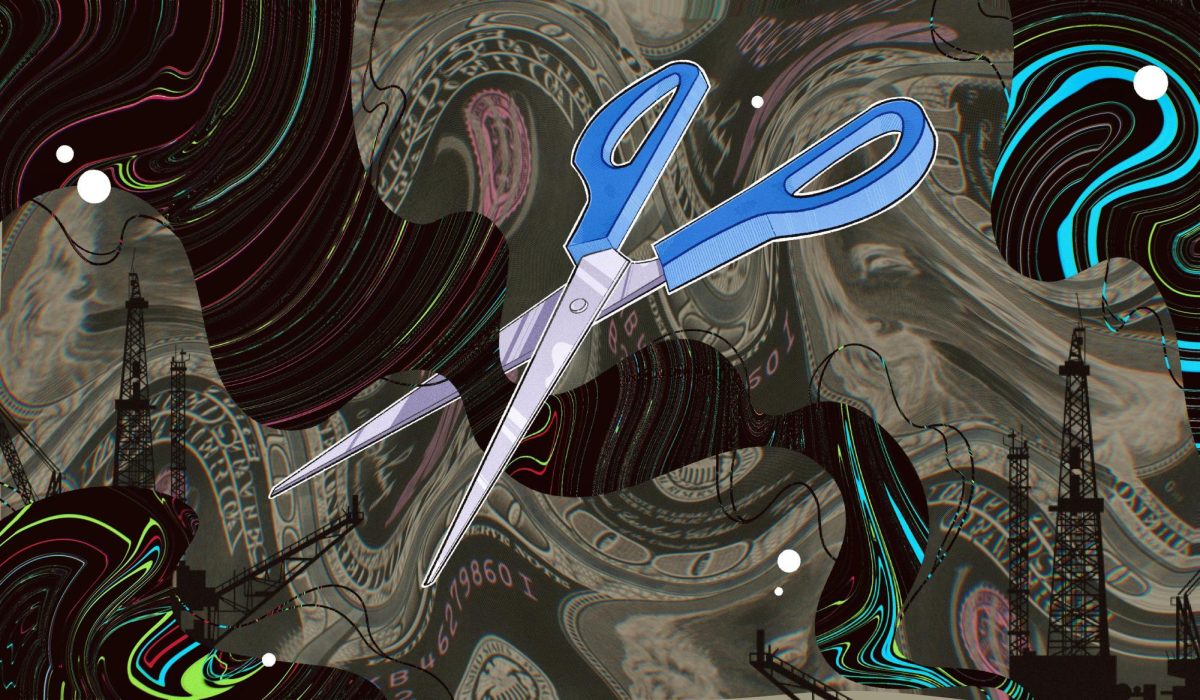
Scientists, researchers and engineers — some of whom hail from our very own campus — are ready to serve up wearable technology that might change the world as we know it. Instead of simply including the usual text messaging, email reading or web-surfing capabilities that can be found on the average smartphone, scientists have developed interesting devices that can significantly affect treatment for those with diabetes and high blood pressure or those recovering from wounds. With innovative devices in the development pipeline, these new types of wearable smart technology have the rare opportunity to improve public health and the lives of many.
The technology industry may just be headed toward the most innovative, game-changing line of inventions since Steve Jobs created the iPhone. With far more benefits than the convenience of having one’s iPod and cellphone morphed into one, the industry’s shift toward creating personalized, wearable smart devices with health in mind is its best move yet.
Wearable technology has much more to offer than the typical heart rate meters or step-counting pedometers. In fact, last January, Google announced that it’s in the process of developing a line of smart contact lenses that can help individuals living with diabetes. The lenses use a tiny, wireless chip to determine the glucose levels in the wearer’s tears, allowing more accuracy in monitoring blood sugar levels. The Centers for Disease Control and Prevention have charted an upward trend of Americans diagnosed with diabetes, nearly quadrupling from 5.8 million diagnoses in 1980 to 20.9 million in 2011. If approved by the Food and Drug Administration, these smart contact lenses could improve the health of many diabetics by offering them a better, more consistent way to monitor their glucose levels, as well as potentially ending the inconvenience of pricking fingers to test blood levels.
The benefits of wearable smart technology can even extend to the armed forces, athletics, and power generation. Over recent years, UCSD faculty, researchers and students have made significant strides in demonstrating how wearable smart devices can be utilized to advance a diverse amount of fields and professions. A lab overseen by UCSD nanoengineering professor Joseph Wang has made many accomplishments through its research and projects which involve integrating sensors into temporary tattoos, Navy SEAL wetsuits, “smart” bandages and even saliva-analyzing mouthguards.
The lab’s team of nanoengineers found that its temporary tattoos can generate electricity from sweat and monitor fetal heart rates, while the electrochemical sensors integrated onto Navy SEAL wetsuits can detect water contamination or nearby explosives. According to a recent San Diego Union-Tribune piece, the team has also developed bandages that can be used to determine how quickly a wound is healing and mouthguards that can detect both stress and hydration levels of its wearers. In light of its innovative success, the Jacobs School of Engineering announced its future plans to create a Center for Wearable Devices during its Research Expo in April 2014. With more facilities for research, people are only expecting more breakthroughs from the San Diego community.
The future opportunities for these technologies are endless and will be worth quelling the fears that current wearable smart devices have created. When people today think of wearable smart technology, Google Glass is usually is the first thing to come to mind. Glass has made numerous headlines and sold out its limited units at $1,500 apiece in mid-April, but has received little praise and a fair share of criticism. Due to the limited privacy that Google Glass’ audio and video recording options and built-in camera may permit, many people are rightfully concerned that Google Glass can be invasive.
However, it’s important to keep in mind that all wearable technology is made with different goals and purposes. People fear wearable tech for many wrong reasons, likely because they are unaware of its different kinds of benefits. The privacy concerns from Google Glass are not at all representative of what all wearable smart devices are or should be. And while people probably should not jump ship to support every new piece of wearable tech, there are reasons to be optimistic of this industry and what is to come.
The ability to personalize wearable devices will ultimately allow society to integrate technology in a way that isn’t cookie cutter for the masses. The health benefits that these cutting-edge devices offer can herald a new era for technology and an increasingly helpful integration of different machines into our lives. It’s time to look past reinventing the smartphone and focus more on improving smart technology on other fronts as well.








